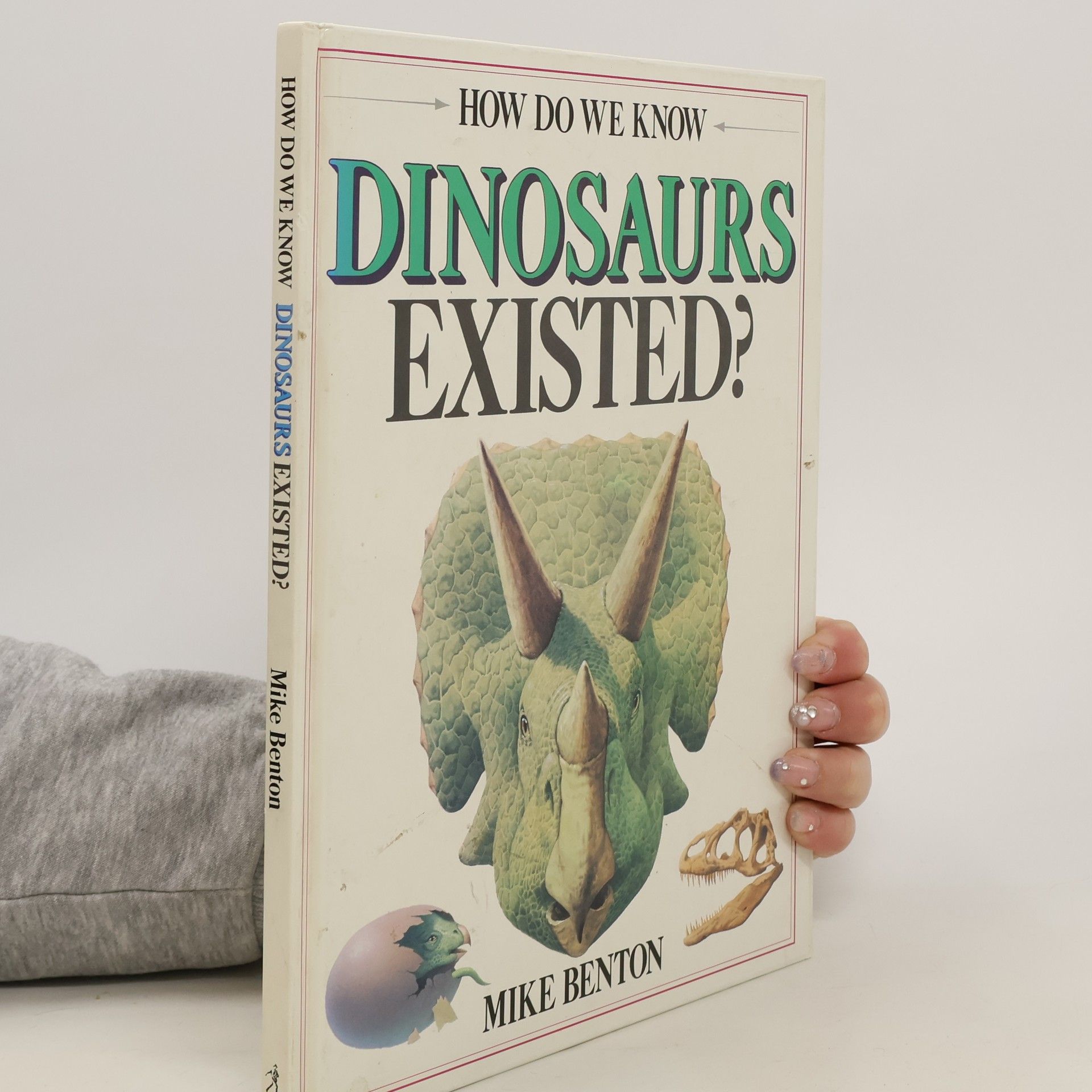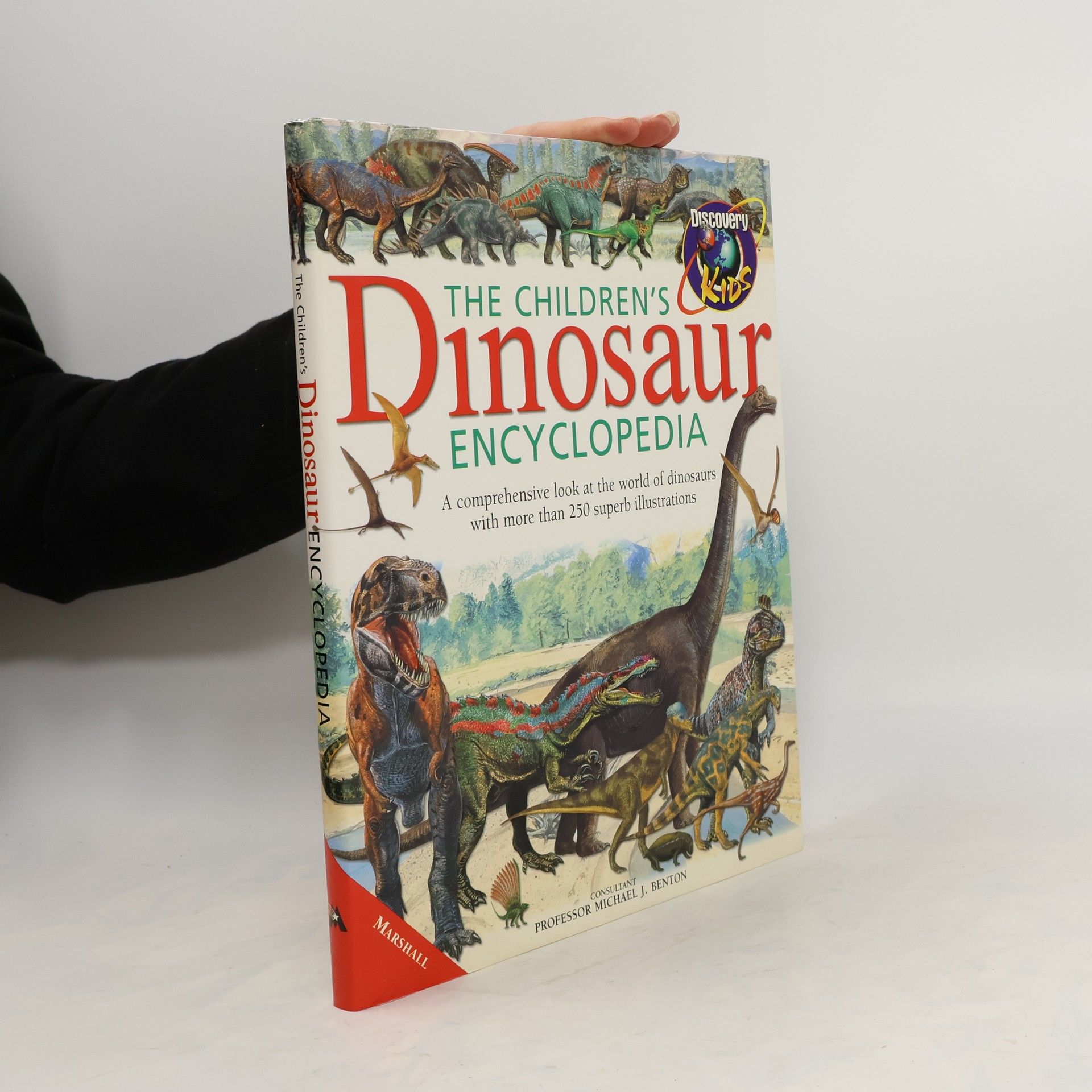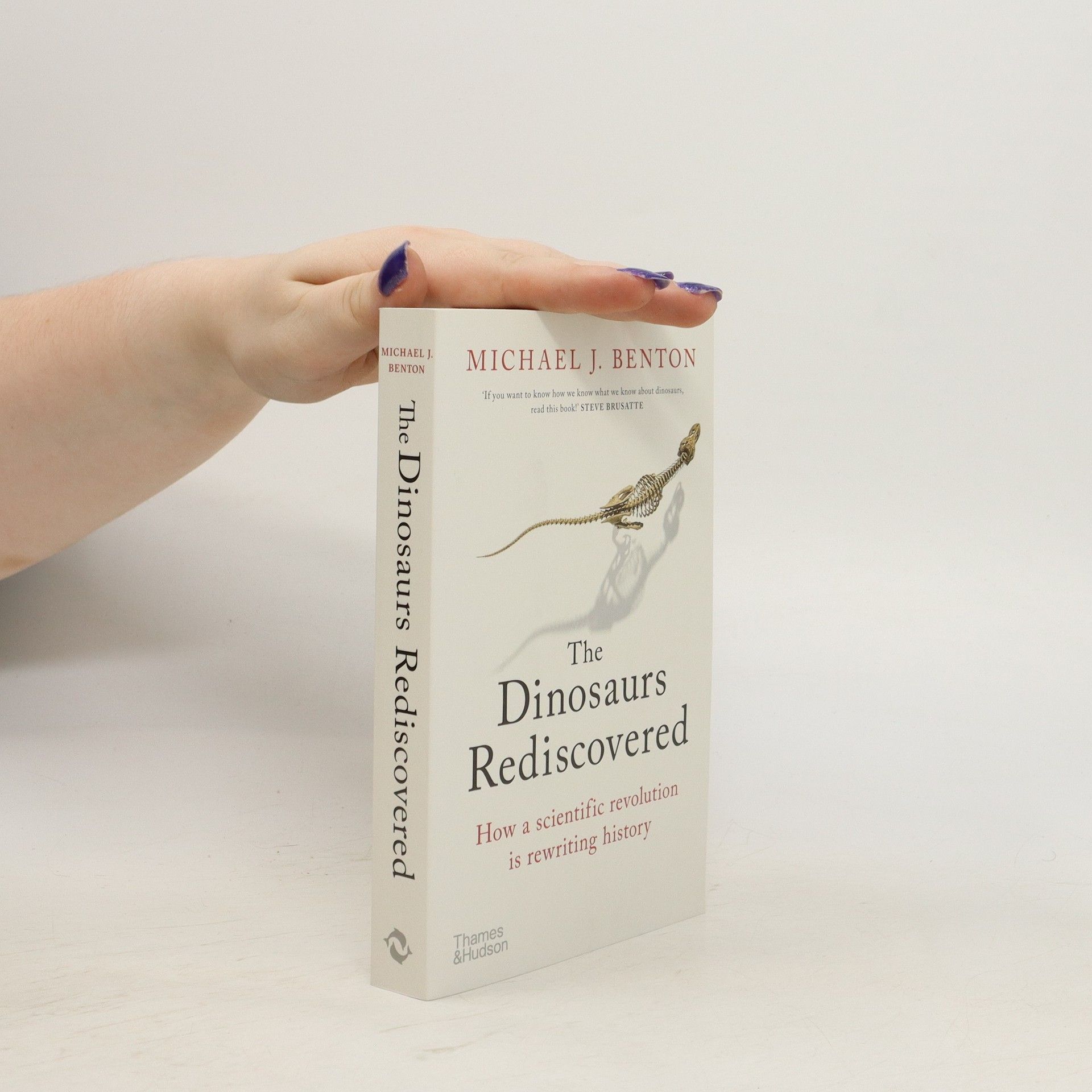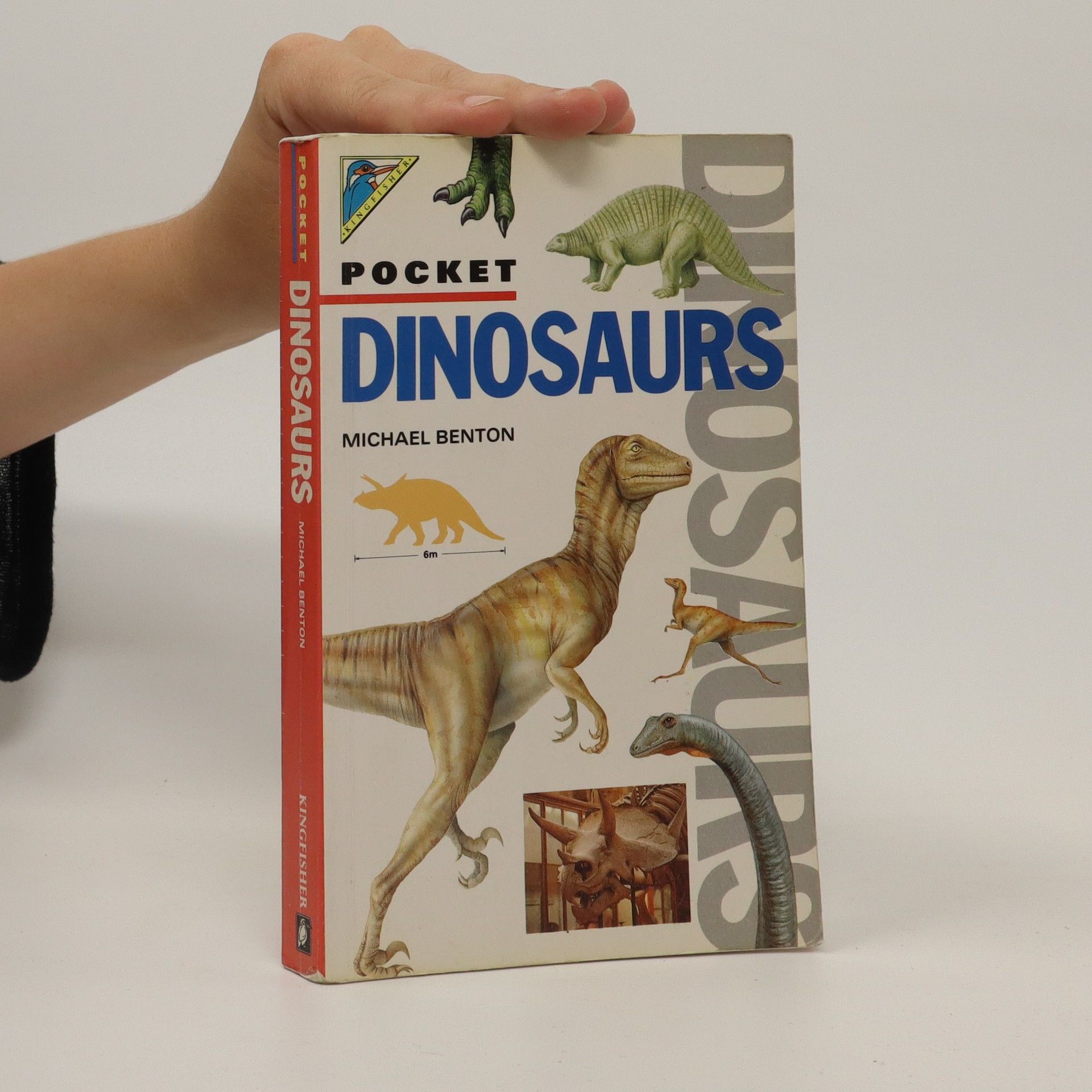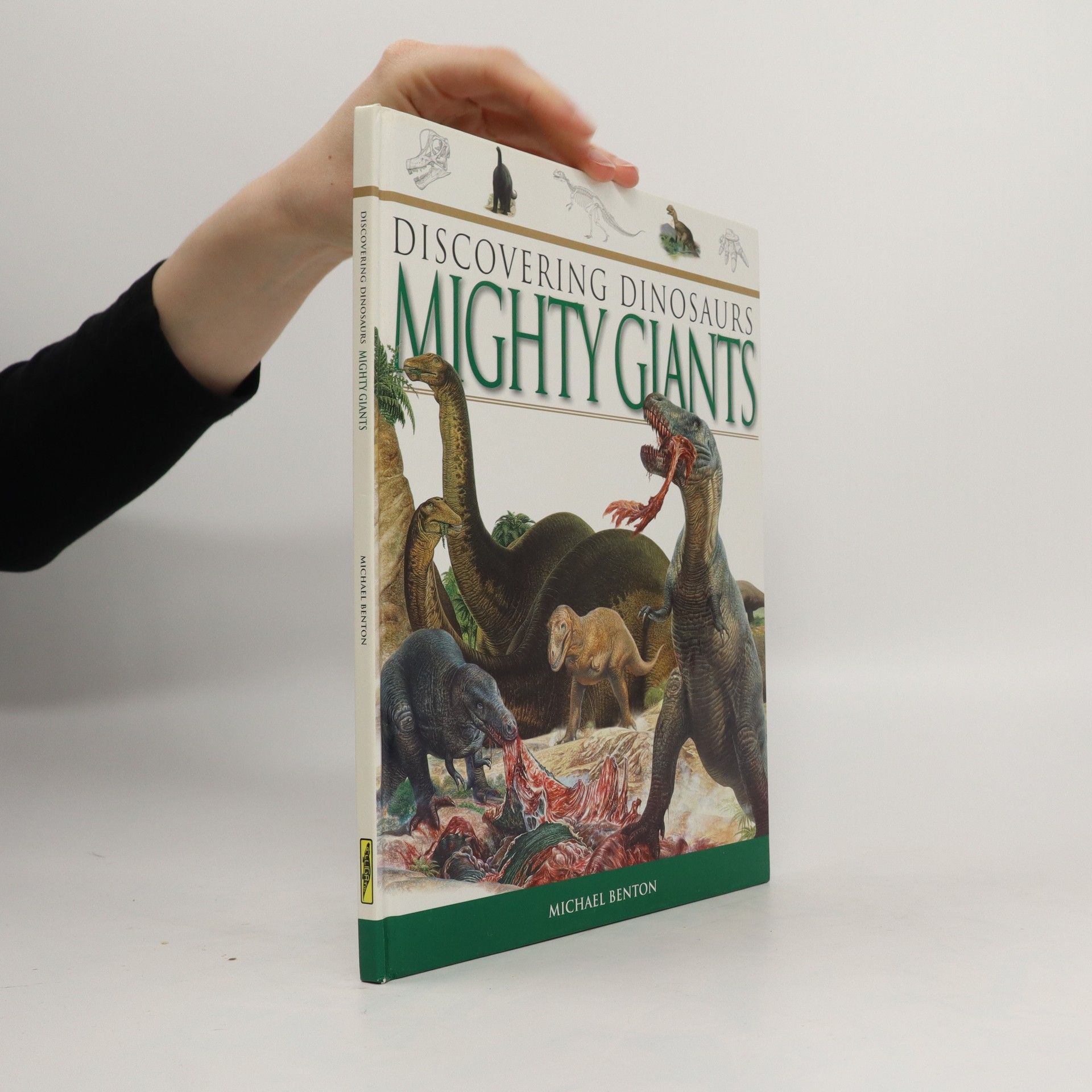Dinosaur Behavior
- 224 páginas
- 8 horas de lectura
A stunningly illustrated guide to these extraordinary creatures from a world-renowned paleontologist Paleobiology has advanced from a speculative subject to a cutting-edge science. Today, researchers are applying the latest forensic technologies to the fossil record, revealing startling new insights into the lives of dinosaurs. This illustrated guide explores the behavior, evolution, physiology, and extinction of dinosaurs, taking readers inside the mysterious world of these marvelous animals. With specially commissioned illustrations by Bob Nicholls, Dinosaur Behavior explains how the dinosaurs lived and courted, fought and fed, signaled and interacted with each other, and much more. Features a wealth of breathtaking illustrations throughout Offers new perspectives on the prehistoric world inhabited by dinosaurs Sheds light on how dinosaurs actually looked, how they moved, and how fast they ran Explains the feeding habits of carnivores, herbivores, scavengers, and solitary hunters Discusses sight, hearing, smell, spatial orientation, and intelligence Brings to life the social behavior of dinosaurs, from mating and parenting to herd dynamics and migration Takes readers behind the scenes of the latest, most thrilling discoveries

